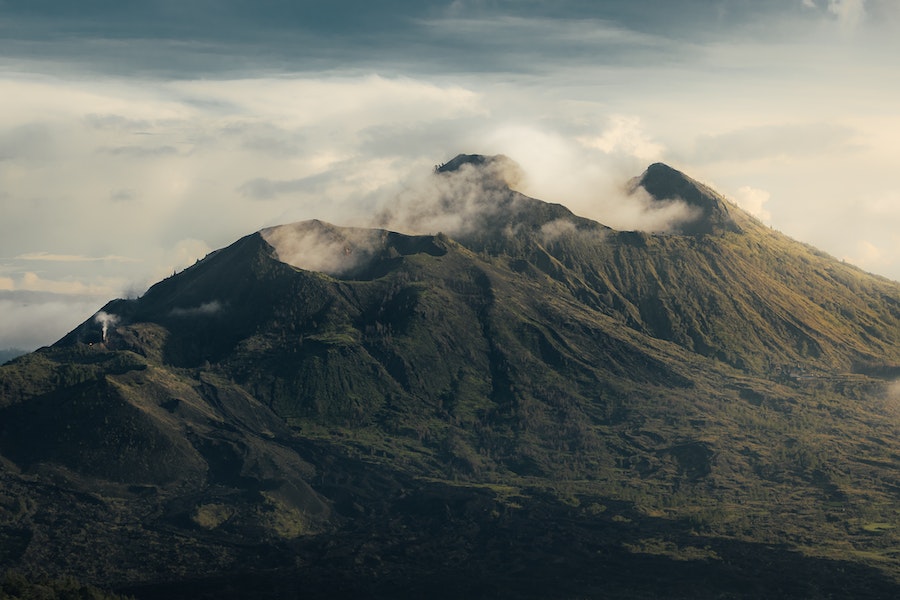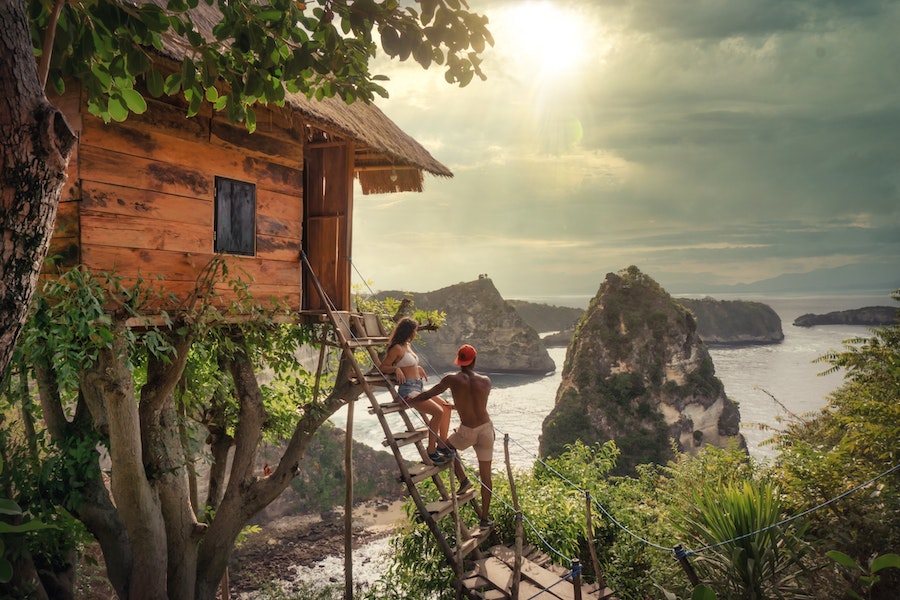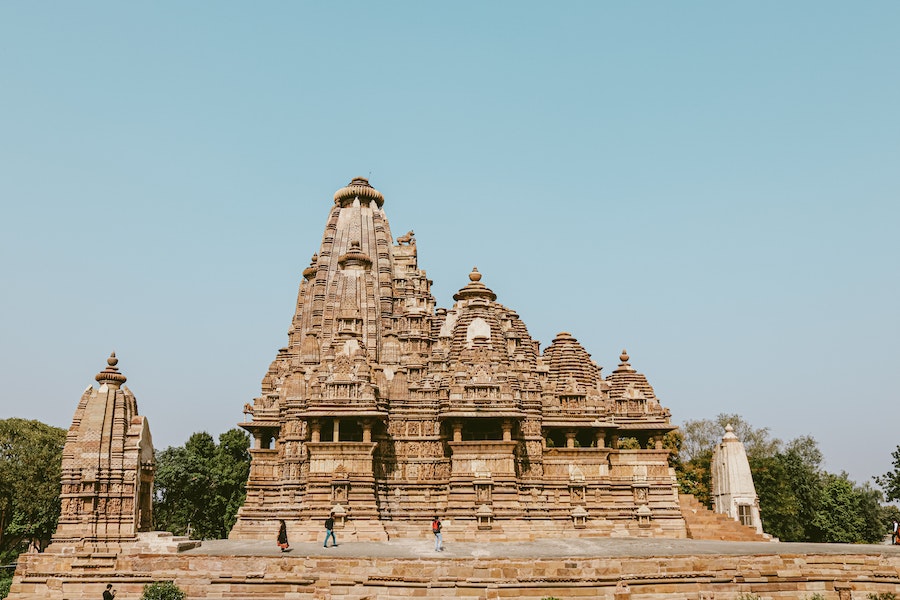There’s no shortage of things to do and see in Bali! Whether you’re looking for a thrilling adventure or a relaxing day trip, traveling to Bali is sure to have something that will make your vacation unforgettable!
Someone said that: “In the end, we only regret the chances we didn’t take”. When we become older, maybe we won’t look back on the journey we’ve taken with regret, but rather on the sites we’ve skipped. There are lifelong lessons to be learned from every voyage and excursion. If you have an opportunity to travel anywhere in the world, specially Bali, don’t think too much, pack your bags and hit the road.
Why you should visit Bali and Java
1. Nature and people
Bali is an Indonesian island located in the westernmost end of the Lesser Sunda Islands, lying between Java to the west and Lombok to the east. It is one of the country’s 33 provinces with the provincial capital at Denpasar towards the south of the island.

Bali is Indonesia’s main tourist destination, with a year-round tropical climate, diverse landscape of beaches, mountains and rice paddies, as well as a vibrant culture that reflects its Hindu roots. The Balinese people are hospitable and welcoming, making visitors feel at home on the island.
The Island of Gods, as Bali is also known, offers a wide range of activities and attractions for visitors. From its stunning rice terraces and beautiful beaches to its vibrant nightlife and rich culture, there is something for everyone in Bali. Meanwhile, Java is a veritable kingdom of amazing landscapes and a dream climbing center. This island has a lot to offer – below you’ll find a detailed description of our itinerary for the best vacation in Indonesia.
Bali’s popularity is largely due to its unique culture and natural beauty. The island is home to a majority Hindu population, which gives it a very different feel compared to other parts of Indonesia (which are mostly Muslim).
2. The weather
The tropical weather in Bali is perfect for those who want to escape the cold winters of the northern hemisphere. The average temperature in Bali is around 27 degrees Celsius, with the warmest months being March and April. Despite its tropical location, Bali experiences a wet and dry season.

The wet season usually lasts from October to March, while the dry season is from April to September. However, due to its location near the equator, Bali experiences relatively little variation in temperature throughout the year.
Despite its tropical weather, Bali remains a popular tourist destination due to its beautiful beaches and unique culture.
5 days traveling to Bali, a foolproof itinerary for visitors
In Indonesia, it can be challenging to make a decision between the spectacular landmarks and breathtaking landscapes that inspire physical recreation and the idyllic beaches that lure with their hot sand. We wish to integrate both choices with this strategy!
Day 1: Bali
On that day, you arrive in Bali, namely at Denpasar Airport, where our driver will meet you. You will have time to relax after the arduous journey once you have been transferred to your preferred hotel and lodging.
We will set up this day specifically with you based on your arrival time.
Day 2: Ubud – Kintamani – Tirta Empul Temple
We will depart for a trip to Ubud, which is located in the center of the island, after breakfast at your accommodation. One of the emblems of Bali, the evergreen Tegallalang rice terraces, will be one of your stops.
Our purpose is want for our visitors discover the secrets of the so-called “Step crops” and the ancient Balinese irrigation system, “subak,” which dates back to the ninth century and is used to carry water over the island via a convoluted network of aqueducts and overlaps.

traveling to bali 2022 |
The breath-taking volcanic crater Kintamani will be the next thing on the schedule. It is today a lake-filled caldera and the biggest in Southeast Asia. On this day, you will take pleasure in a traditional Balinese meal while taking in a lovely panorama of the historic area that was once covered in lava.
You will then visit the Kopi Luwak plantation, which produces the most expensive coffee in the world and is processed by civets, where you may sample the beverage that Jack Nicholson praised in the film “Bucketlist.”
Tirta Empul, a stunning water temple, is the final destination at the end of the day. It is a vast, millennia-old temple complex, a piece of Indonesian cultural heritage, and the setting for a fabled tale about the struggle between good and evil. Bali locals think that this water is restorative and healing, and that washing in it can help wishes come true. Brahmins take ritual baths using local water as well.
After such an action-packed day, you will return to your accommodation to relax before the next day’s adventures.
Day 3: Jimbaran & Uluwatu
Nothing is more wonderful than enjoying breakfast at the hotel with fresh air until noon. You may select the fresh fish and seafood you want to eat here, then enjoy it with a properly cooked lunch. After dinner, it will be time to tour southern Bali, including Jimbaran, which is often regarded as the island’s best beach. You will also go to Uluwatu, which has a magnificent 70-meter cliff and an old temple that native Balinese macaques frequently visit.
Fire dance show – kecak is the end of the day’s activities at sunset and with impressive views of the Indian Ocean and the Uluwatu temples. And visitor have a full free-time in the evening to look back on the trip of the past 2 days.
Day 4: Tabanan – Tarasy ryżowe – W DROGĘ NA JAWĘ
After breakfast, we will take you to Tanah Lot, one of Bali’s most significant landmarks. Tanah Lot is a true icon of the island. In the midst of rough waters, an old Hindu temple rises on a little island. For its distinctive beauty and enchanted sunsets, this location is well-known throughout the globe. According to legend, the island has weathered several historical upheavals because of its protection.
Additionally, Jatiluwih, one of Bali’s largest rice terraces and a site on the UNESCO World Heritage List, is the next stop on your excursions. More than 600 hectares of rice fields make up the Jatiluwih Rice Terraces, which follow the erratic topography of the Batukar mountain range.
The spectacular views of the towns at the base of the mountain will undoubtedly serve as the setting for some incredible pictures. In contrast to the south of the island, which is more commonly frequented by visitors, it is the ideal location for a tranquil getaway.
At the foot of the terraces, we will have lunch and then continue our journey to Java. By ferry, we’ll travel there and take in the sunset over the volcanoes and the view of western Bali.
Day 5: Kawah Ijen
On the fifth day of our tour, after an early breakfast at your hotel (around 6:00 AM), visitors will travel for an hour to the volcano Ijen. We will have to hike up the volcano there for around two hours. It should take roughly 1.5 hours to descend. Why is it worthwhile to visit the aforementioned volcano in the morning? Then you can see incredible blue fires (the effect of volcanic gases reacting with oxygen).
One of the hardest occupations in the world is working near the Ijen volcano. From the depths of the crater to the peak and then down the volcano’s slopes, miners carry hefty loads of 80 to 100 kg of sulfur on their shoulders. Condensation in installed ceramic pipes is used to extract sulfur from volcanic gases. The liquid instantly freezes as it exits the pipelines. The miners then take the weight and climb the crater.
Following your trip, visitors would either fly back to Bali for a resort vacation or continue your travels in Southeast Asia from Ngurah Rai Airport.

